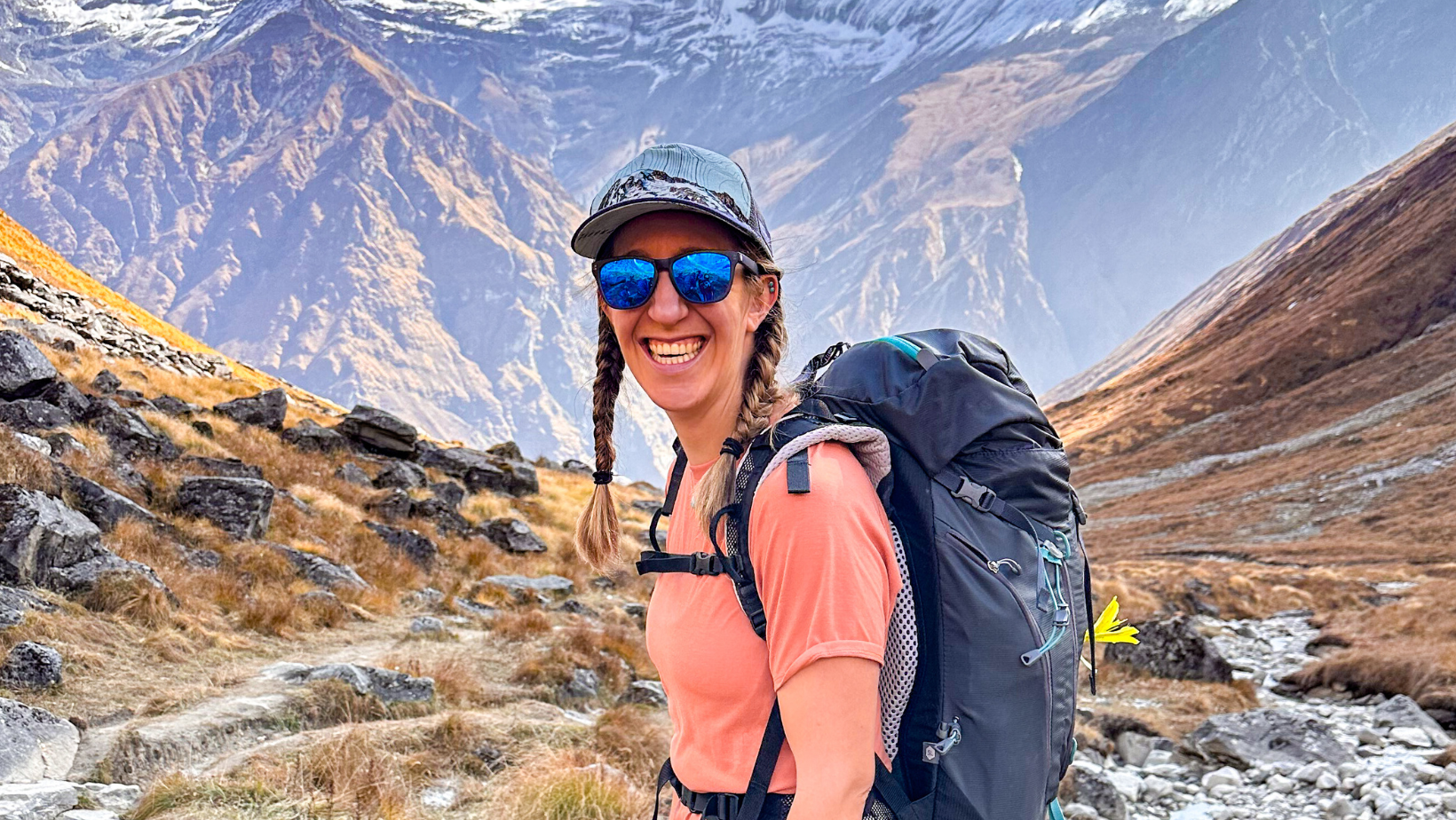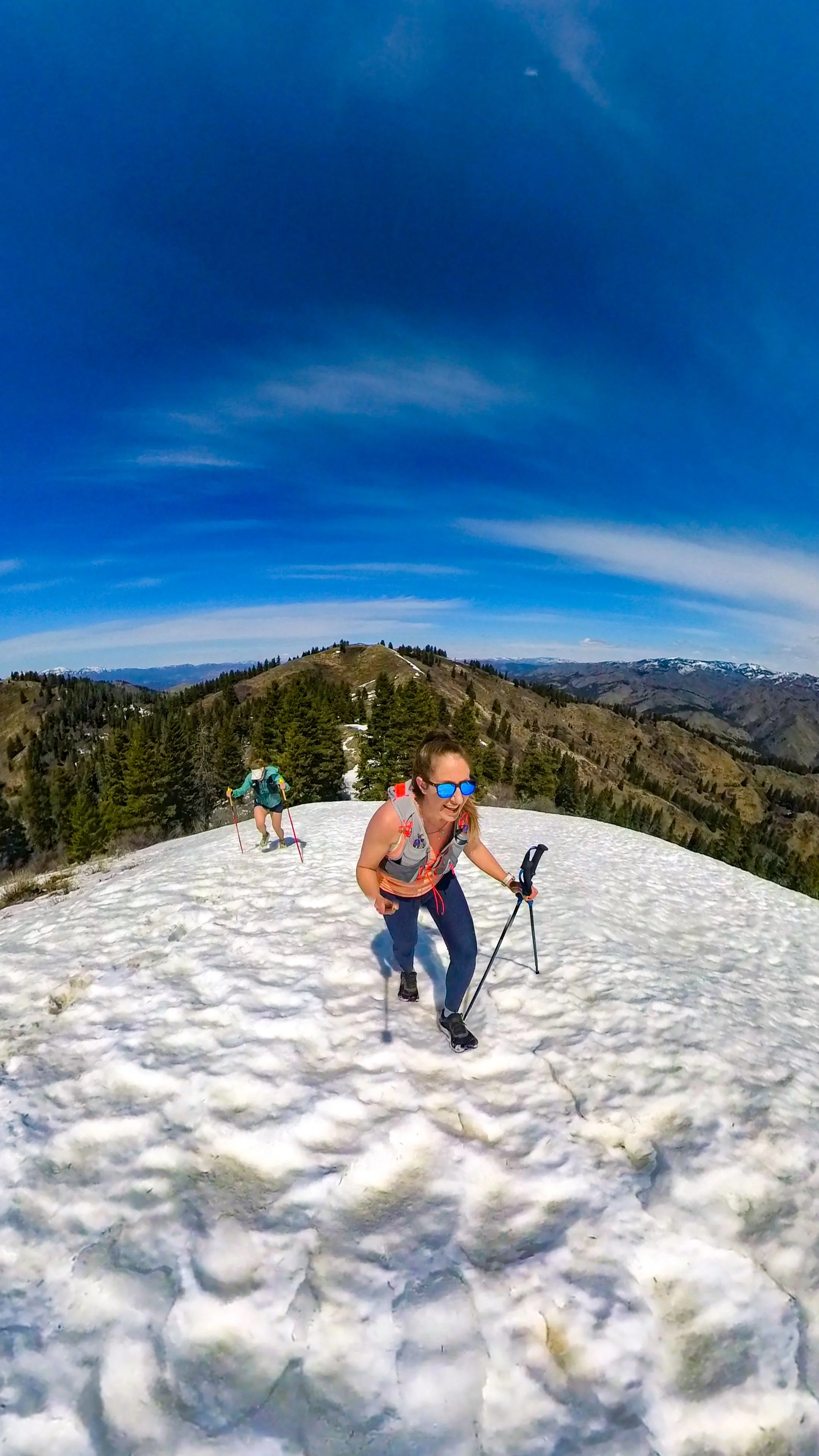
Recommended Gear: Trail-Tested & Chaos-Approved
Whether you’re running, hiking, or just flexing your “outdoorsy” vibe while inhaling trail mix, the right gear can make all the difference — and reduce the chances of an epic faceplant. Here are my top picks, tested (and occasionally abused) on the trails. Some links are affiliate links, which means snagging gear through them supports me and keeps free content coming your way — win-win, mud included, and no additional cost to you!
Shoes: The Foundation of Your Adventure
Your shoes are the single most important piece of gear when it comes to running, hiking, or trekking. The right fit can mean the difference between floating up a climb and hobbling back to the trailhead. Below are my go-to recommendations, based on my own experience and what I’ve seen work well for other athletes.
● Topo Athletic – My personal favorite. Box toe, lots of options for heel-to-toe drop, and a natural feel that works beautifully for trails and long distances. My feet are slightly wide, and I’m a midfoot striker, so Topo has been a dream. I own the three pairs below and rotate them depending on the adventure:
Terraventure Series: Perfect for rugged, technical runs and hikes. They’re waterproof and handled Mount Borah’s infamous Chicken-Out-Ridge scramble like a champ. I also wore these on my Annapurna Basecamp trek—they’ve become my daily hiking shoes. I skip high-ankle boots to let my stabilizing muscles do the work.
MTN Racer Series: Light, fast, and built for steep trail running.
Phantom Road Running Series: Neutral, roomy, and cushioned with ZipFoam. These are my go-to for road runs, long miles, and everyday comfort.
Other solid options I’ve tested or seen friends love:
● Altra Lone Peak – Zero-drop with a wide toe box. These were my go-to before I discovered Topo, and are still a great option!
● Hoka Speedgoat – Max cushion for long miles. A favorite for many runners, though the rocker didn’t click for me personally.
● Salomon Speedcross – Aggressive grip that eats up mud and rocks.
● La Sportiva Bushido – Technical, responsive, and excellent for rocky terrain.
Understanding Drop & Cushioning
● Zero Drop: Encourages a natural mid/forefoot strike. Great if you like to feel connected to the ground.
● 3mm Drop: A nice middle ground, especially for hilly runs.
● 5mm Drop: A little extra cushion and downhill support—your joints and pelvic floor will thank you.
● Cushioning: Less = lighter and faster. More = comfort over long days. Personally, as I get older, I’ve learned to love extra cushion for big trail days.
Clothing: Dressing for Comfort & Performance
The wrong clothes can turn a great run into a miserable one. Sweat, weather, and terrain all play a role in how you feel out there. Choosing moisture-wicking, breathable, and comfortable layers makes all the difference.
● Moisture-Wicking Tops: Keep sweat off your skin to reduce chafing and help regulate temperature.
● Moisture-Wicking Shorts or Pants: Same deal as tops—dry fabric means less friction and more comfort.
● Sports Bras: A well-fitted, moisture-wicking bra prevents chafing and keeps you supported through miles of movement.
● Lightweight Waterproof/Breathable Jackets: Protect against wind and rain while still letting your body breathe. Essential for mountain weather.
● Moisture-Wicking Socks: Don’t skimp here. Wet cotton socks = blisters. Technical socks help keep feet dry and happy.
● Trail Hats or Caps: Sweat-wicking hats keep sun and sweat out of your eyes.
● BUFF (or similar neck gaiter): My personal favorite over hats. They wick sweat, protect against sun, and are versatile for both hot and cold conditions.
● Sunglasses with UV protection – Protect your eyes from harmful rays and reduce strain on bright, exposed trails.
● Layering for Cold Weather: Base layers to wick moisture, mid layers for warmth. Layering means you can adapt to changing temps without overheating.
Backpacks & Hydration: Keep It Flowing
Staying hydrated on the trail isn’t optional—it’s survival. The right pack keeps water and essentials close without bouncing around like a toddler on a sugar rush.
● Hydration vests – Best for long runs and ultras. Look for a snug (but not suffocating) fit with easy access to front pockets for bottles, chews, or snacks. Bonus if it has adjustable straps and multiple sizing options. This is the Salomon one I personally use and love for most of my trail running adventures—it fits really comfortably, and can pack enough water and gear for my longer adventures.
● Hydration belts or waist packs – Ideal for shorter runs or when you don’t want the extra bulk. These keep water handy without weighing down your shoulders. I have gone through a number of different ones now, and honestly I love the UltrAspire Speedgoat —it’s big enough, and fits really well on my athletic body type.
● Fit guidance – Always try packs on fully loaded. A good fit means no chafing, bouncing, or weird pressure points. If it feels off in the store, it’ll feel 100x worse 10 miles in.
Nutrition & Fuel: Eat Early, Eat Often
Your body is an engine—fuel it, or it will quit on you. Trail fueling is about giving your muscles a steady drip of carbs and electrolytes so you don’t bonk halfway up a climb. Sip fluids regularly and after your first hour of running, aim for 100 to 250 calories—or 25 to 60 grams of carbs—per hour. That’s roughly:
1 to 2½ sports gels
OR 16 to 40 oz of sports drink
OR a generous handful of energy chews that don’t make you question your life choices
● Energy gels – Compact, quick carbs for when you need a jolt of energy. They’re great for mid-run boosts but test them in training so your stomach doesn’t mutiny.
● Chews or blocks – Think of these as gummy bears with a performance degree. Skratch Labs Energy Chews are Shannon-tested, trail-approved, and delicious without the gooey regret. Use code TRAILBOUNDJOURNEYS for 20% off your first order. There are also some of my other faves (change it up so you don’t get bored!)
● Electrolyte drinks – Replace what you sweat out: sodium, potassium, and other key electrolytes. They help with hydration, prevent cramping, and keep your energy steady.
Pro Tip: Always test fuel on training runs. Nobody wants a mid-trail stomach revolt.
Other Running Accessories: The Trail Extras
These aren’t “musts,” but they can level up your safety, comfort, and performance big time.
● Reflective gear – Non-negotiable if you’re running in low light. Cars, bikers, and fellow trail users can’t avoid what they can’t see.
● Headphones that wrap around your head (not earbuds) – Open-ear headphones (like Shokz OpenRun Pro) let you hear music and that mountain biker barreling down behind you. Safety + vibes = win.
● Trekking poles – Game changers for steep climbs and descents. They take pressure off your legs, improve balance, and save energy over long miles. Think of them as extra limbs (minus the creepiness). I literally could not have done my Grand Slam Ultra without them!
● Satellite communicators – If you’re adventuring off the grid, these let you send messages or SOS alerts when your phone’s just a fancy camera.
● AllTrails subscription – Download maps before heading out—cell service is a myth in most mountain ranges. Offline maps = no “accidental ultramarathon” when you get lost. And yes, it can happen to anyone; I have been lost on more than 1 occasion!
● Running watch – GPS watches track pace, distance, elevation, and more. They’re like having a tiny coach on your wrist (who never gets tired of your excuses).
Final Notes:
Gear is personal — your foot shape, adventure style, and snack preferences all matter. Test, tweak, and enjoy getting muddy, sweaty, and slightly obsessed with your trail kit.
Whether you’re chasing PRs, summiting peaks, or surviving your first backcountry trek, I’ve got a plan for you. Download free guides, grab a custom roadmap, or get full coaching — all designed to help you crush trails, run and hike smarter, and laugh at hills along the way.
Alpine Sisters isn’t just a community — it’s a sisterhood fueled by muddy trails, epic climbs, and snack breaks. Find your best self somewhere between the uphill slog and the summit, connect with fellow adventurers on the community @alpine_sisters page and the Idaho Adventure Women Network Facebook Group, and follow Shannon on Instagram/TikTok @trailboundjourneys for coaching tips and tricks.
Our blog is packed with trail-tested advice, from running and hiking hacks to gear guides, fueling tips, and the occasional “how not to faceplant on a hill.” Perfect for anyone who wants to run smarter, hike stronger, and laugh along the way.




